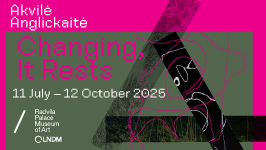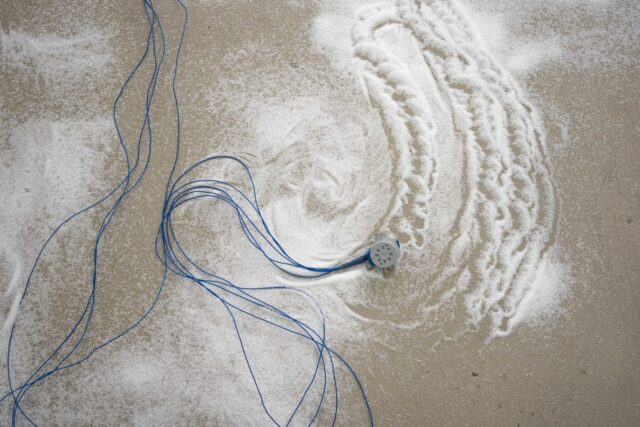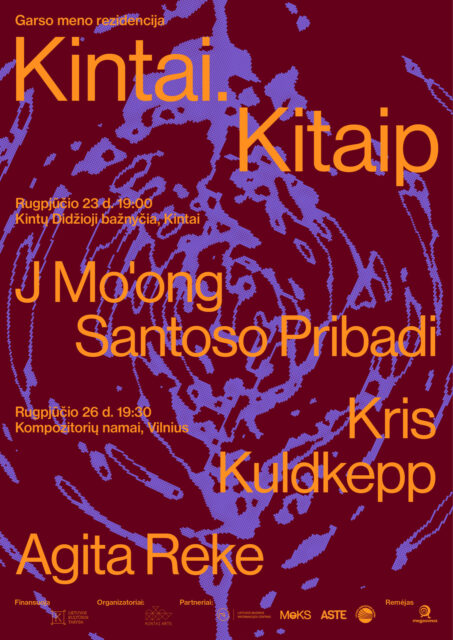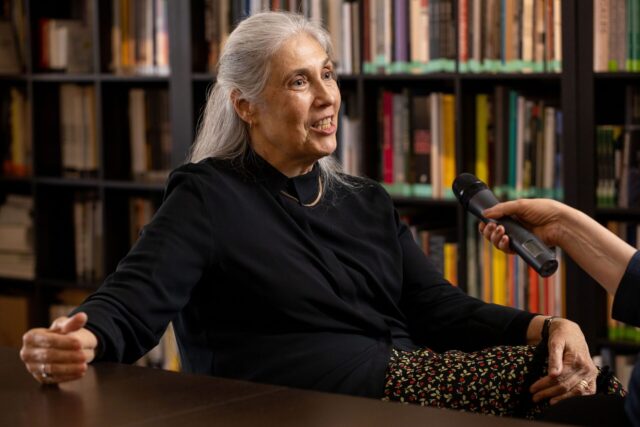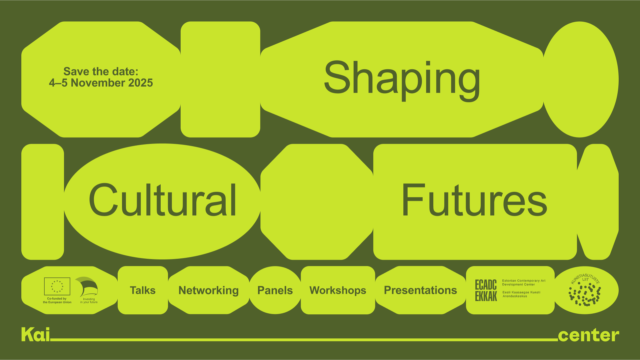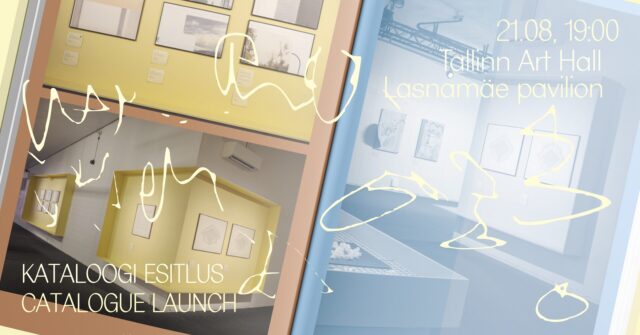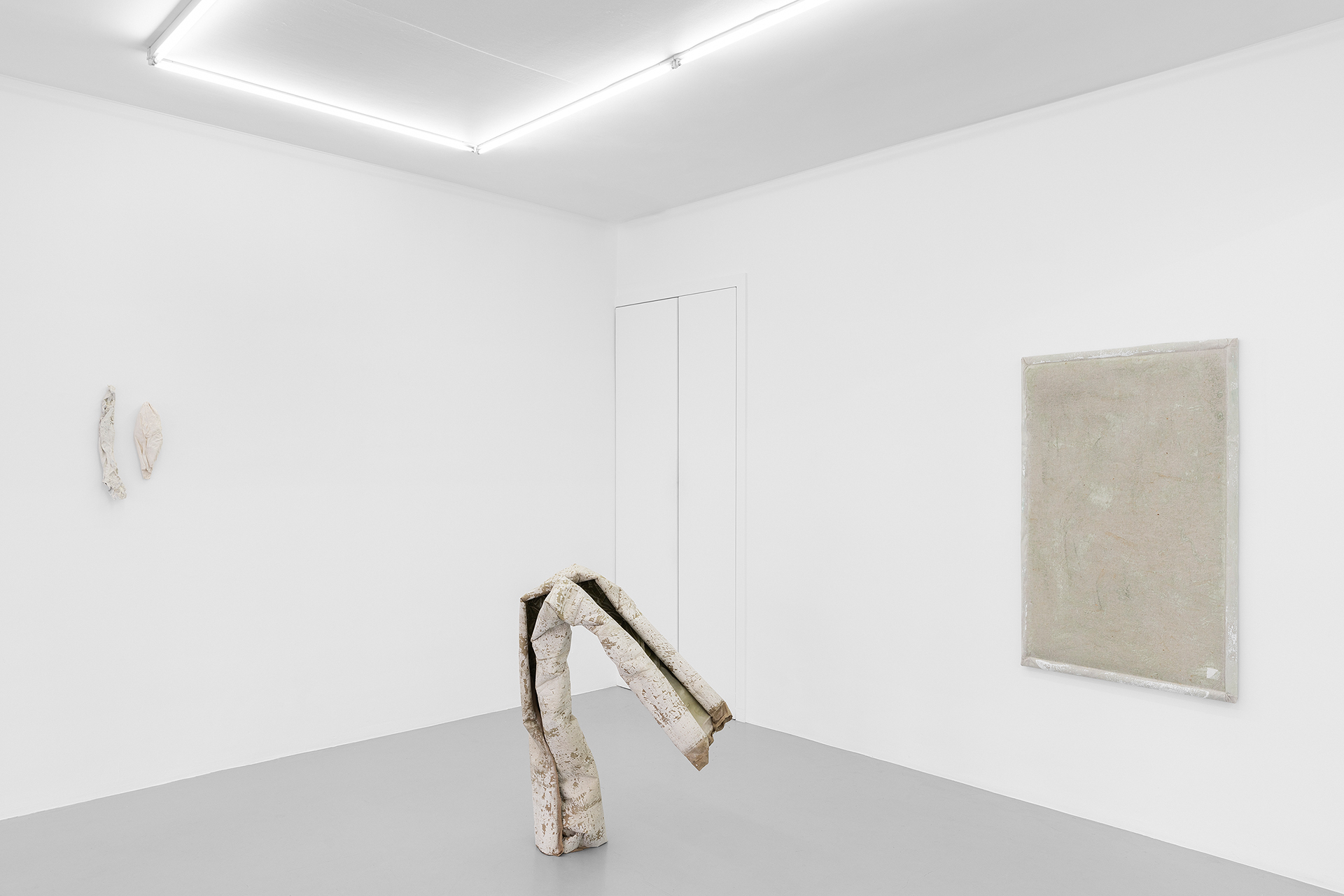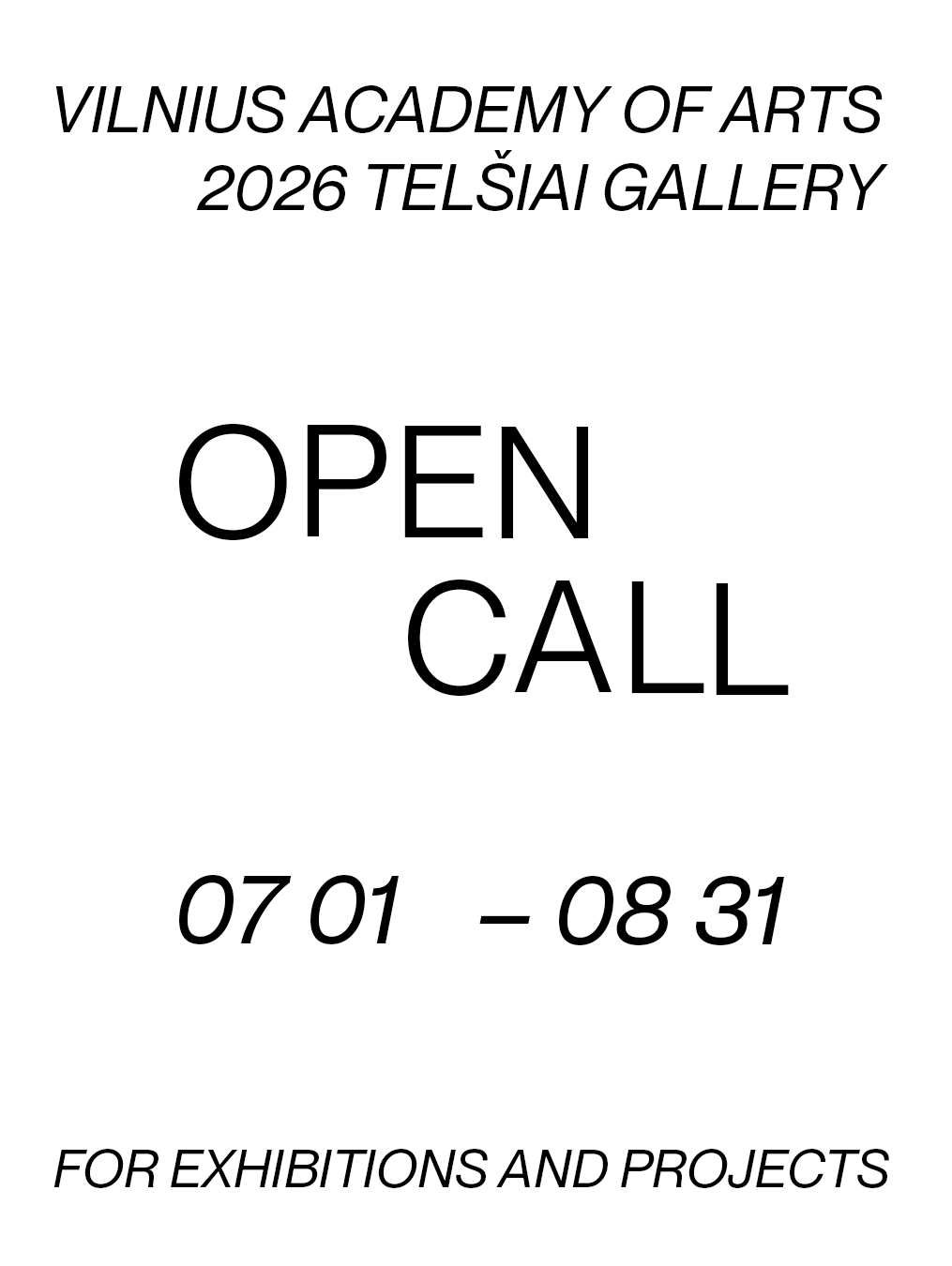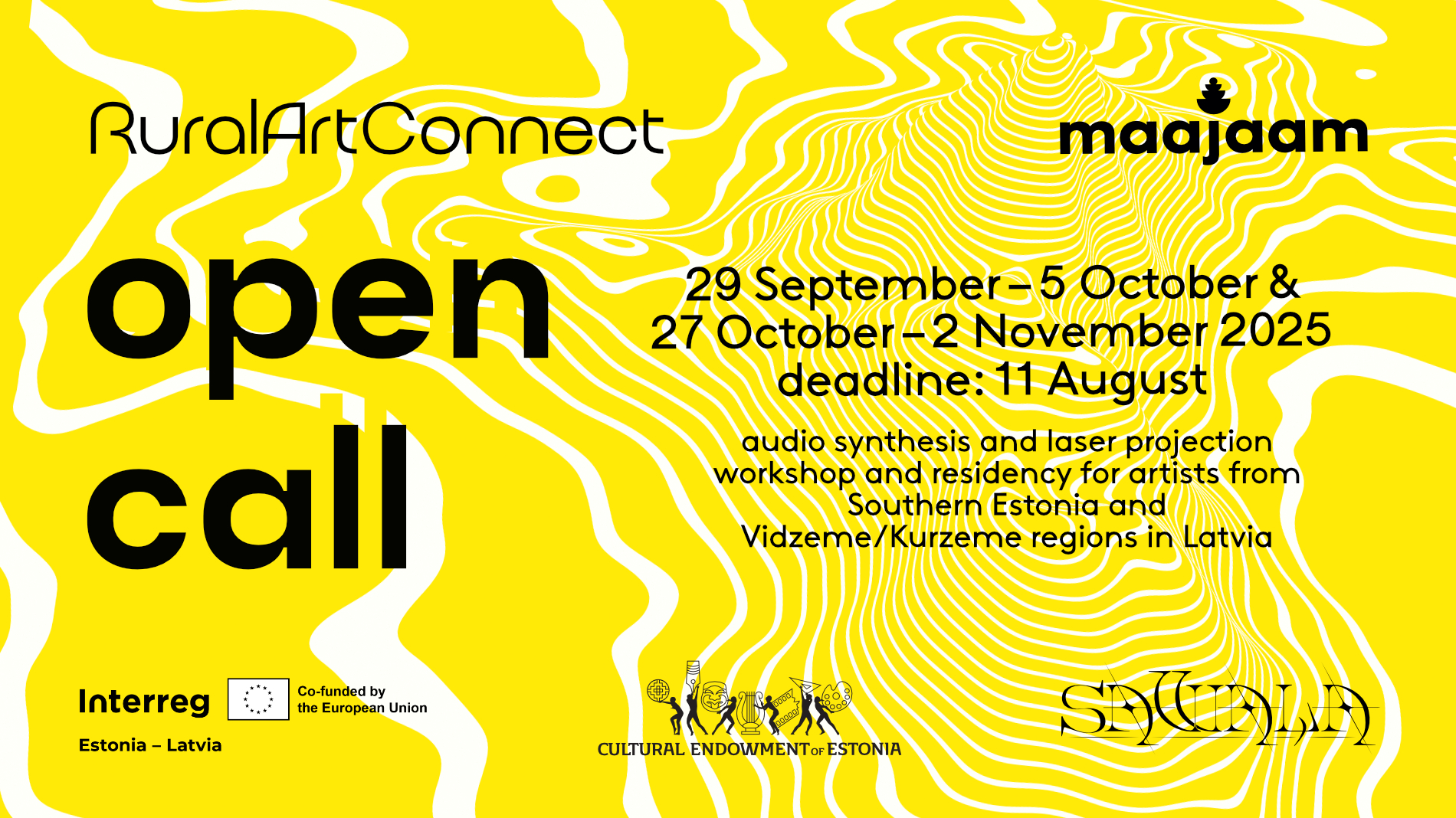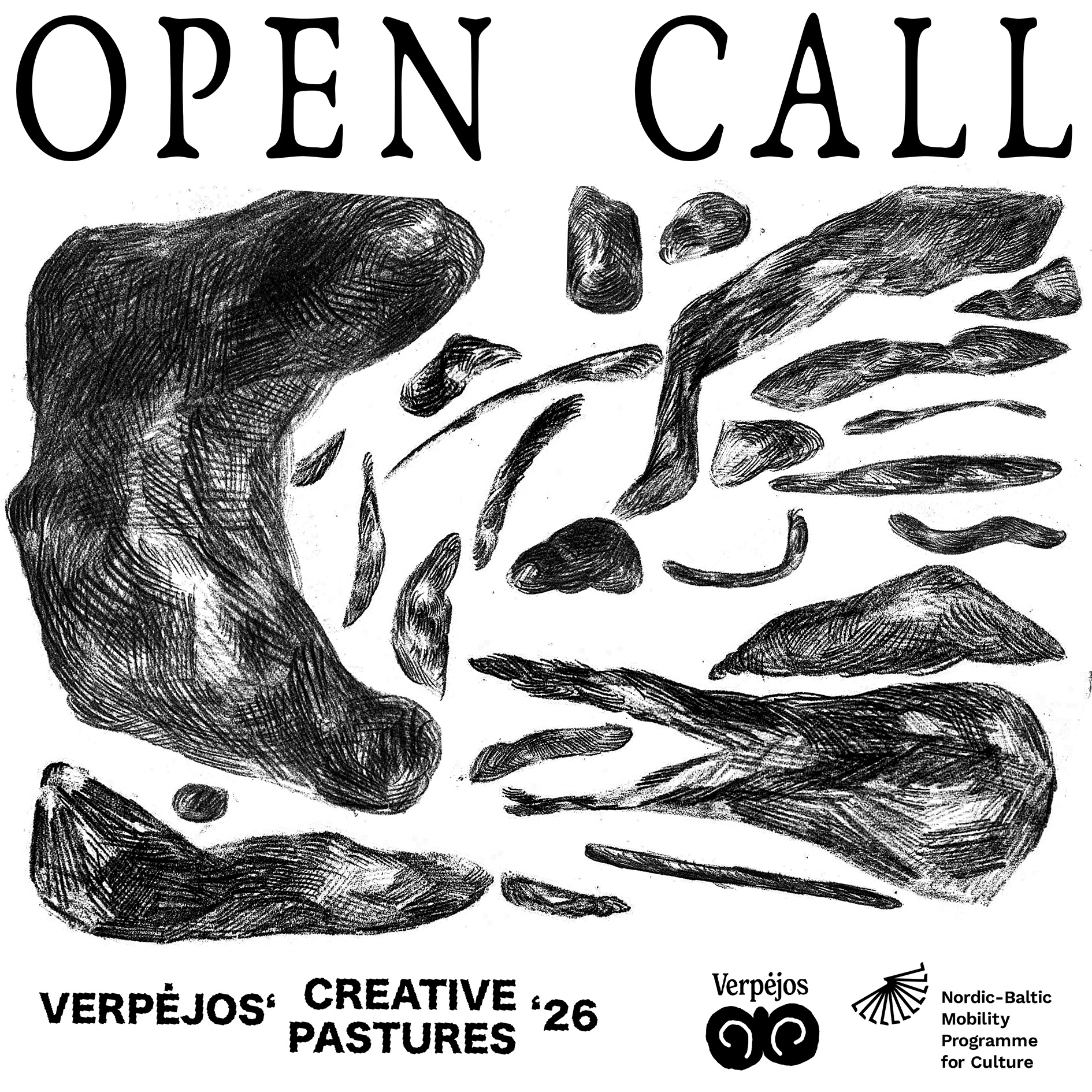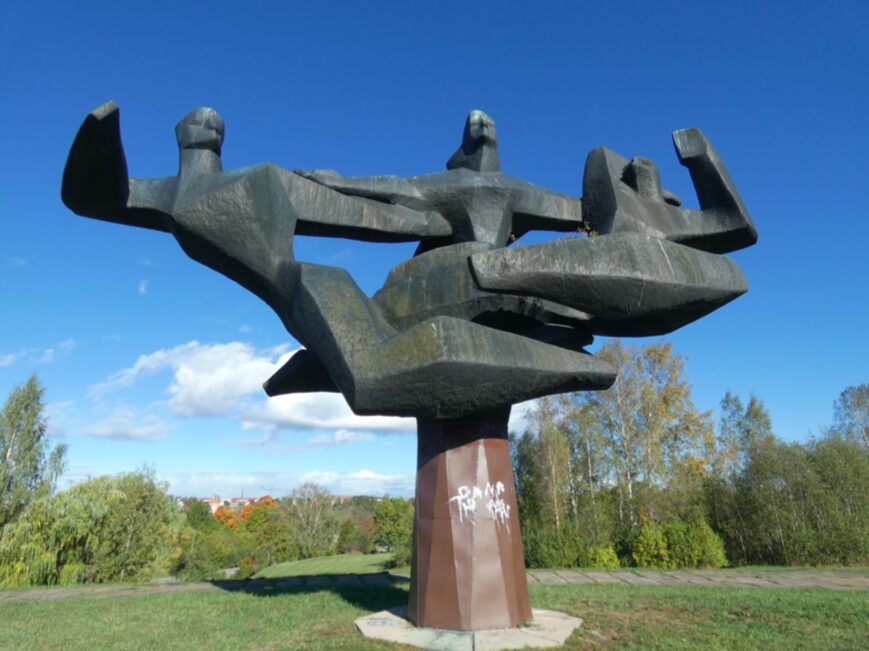The 15th Survival Kit festival, held by the Latvian Centre for Contemporary Art (LCCA) from 6 September to 6 October this year, raised many questions about the potential for knowledge production in contemporary art exhibitions.
The 15th Survival Kit festival celebrated the different modes and temporalities of knowing, by exploring material, cultural and social meanings in the urban context of Riga. Entitled ‘Measures’, the festival was curated by the Finnish curator Jussi Koitela, who based the Survival Kit’s concept on the ideas of measurement of the feminist theorist and physicist Karen Barad. Koitela, who has served as programme head at Frame Contemporary Art Finland and co-curated the Finnish Pavilion at this year’s 60th Venice Biennale with Yvonne Billimore, has long had an interest in themes of urban development, city planning, urban politics, and art in urban spaces. In the context of Survival Kit, ‘Measure’ aimed to map urban areas and examine city development. The question of urban space has been central to the festival since its very beginning, and has remained a characteristic of it throughout its history.
In Survival Kit’s catalogue and curatorial notes, Koitela describes the role of art in ‘world-making’ through exhibitions where what is presented and experienced becomes entangled with elements like the exhibition venue, visitors, and the social, historical and geographical contexts. In the Survival Kit context, ‘to measure’, according to Koitela, is ‘a two-fold act’ ‘…on one hand, it is descriptive, in the scientific and quantitative sense; and on the other, it is a call to action, asking us to rethink the experience of our daily environments.’

Līga Spunde ‘Episodes About Not Knowing How It Will Be / Riga Edition’, 2024
What kind of measures?
Survival Kit’s main venue at Amatue Iela 4 in Riga’s Old Town has a diverse history, having once served as a café for architects, and later as the headquarters of SMERSH, an umbrella organisation of independent counter-intelligence agencies in the Soviet Union’s Red Army.
The Art Nouveau-style building stands out, even in Riga, a city that is celebrated for its Art Nouveau architecture. As an exhibition venue, it had a somewhat maze-like layout: from the entrance, the exhibition extended into two wings of the building and into the basement.
Time serves as a clear connection between measurement and everyday life. The series of work Everything goes in an ‘O’ (Circle) (2024) by Luīze Rukšāne featured time-related works, referencing, for instance, the talking clock from the Disney film Beauty and the Beast, and a diptych and a wooden clock tower Clock, Clock, on the wall, tell me, what hour is suited for nothing, noting the time when Russia launched its full-scale war on Ukraine on 24 February 2022. Time also appeared in the work Our Greatest Times (2024) by Eero Yli-Vakkuri, a series of custom watches made to be worn by exhibition invigilators and art mediators with a written score.
Monia Ben Hamouda’s works remind us of the ‘history of measures’, and the longstanding tradition of the natural sciences in Islam. The video installation Any Resemblance is Coincidental (2024) by Shubhangi Singh raised questions of the role of science and botany in the imperialist and extractivist context.
The web-based media installation Episodes About Not Knowing How it Will Be. Riga Edition (2024) by Līga Spunde engaged closely with the development of Riga in humorous way, with its diverse material referring to everyday life in Riga, while the series of printed and painted banners Zones of Truth (2024) by Rena Rädle and Vladan Jeremić drew on artistic research with local communities to express hopes for urban development, including the need for renovation. Part of the work by Jaana Laakkonen was inspired by local craft traditions, and Laura Soisalon-Soininen also showed how locations in Riga and along the River Daugava had worked through her installation Scales (2024).
The forms of storytelling and knowledge production varied among the works at Survival Kit, from works by Vidha Saumya combining drawings and poetry to Torill Johannessen’s digital prints presenting graphs of the use of digital technology.
So how to measure? Do we need estimations and calculations, and what do measures indicate?
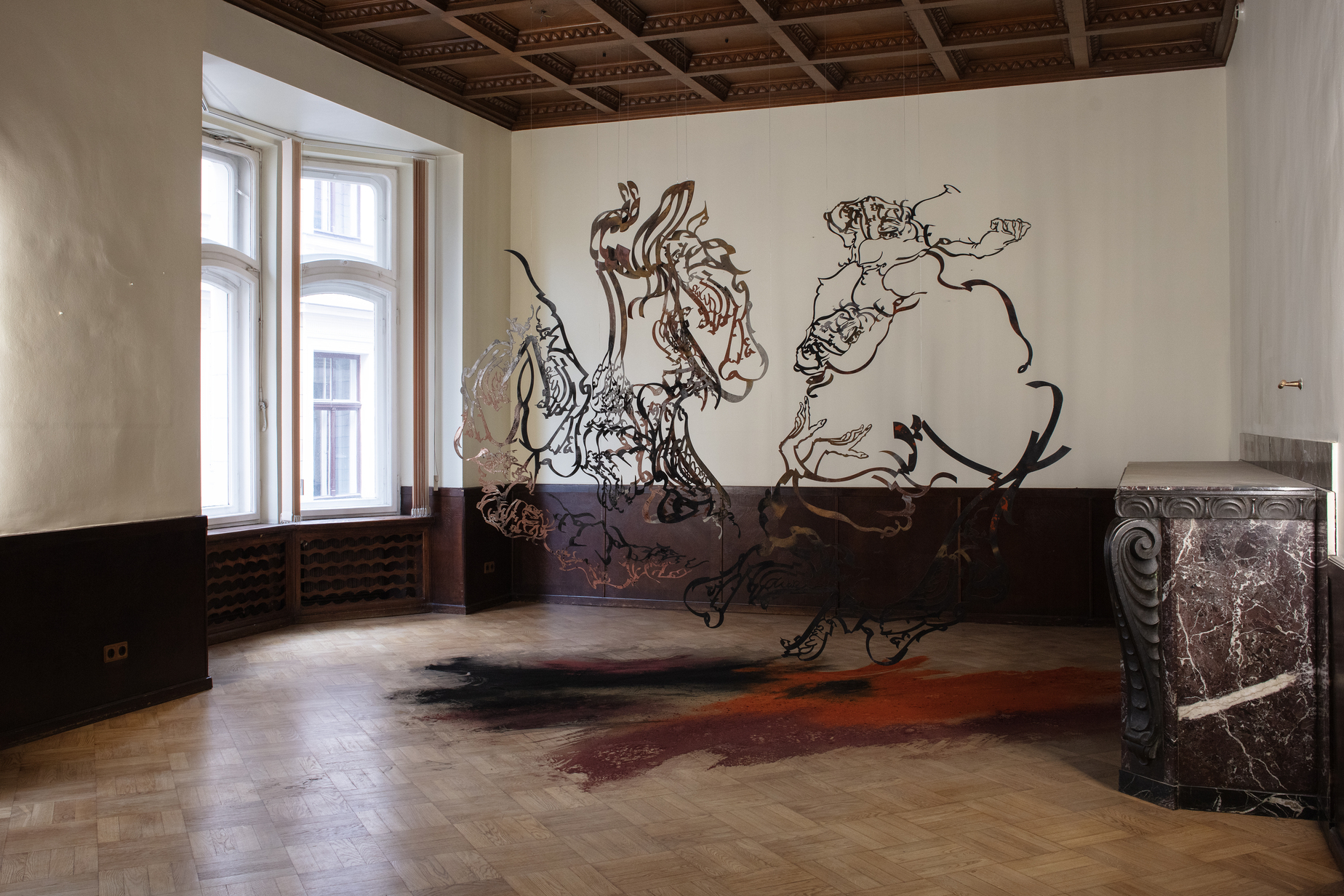
Monia Ben Hamouda ‘About Telepathy and other Violences VI (Aniconism as Figuration Urgency)’, 2023
Measurements as intra-actions
I understood ‘measure’ in the Survival Kit context as both a metaphor and a tool for obtaining objective knowledge, which can also stem from my own participation and experience. What made ‘measure’ interesting as a theme is its distinction from terms like ‘estimate’ and ‘calculate’. ‘Measure’ can denote a specific size, amount or degree, but it can also assess qualities, such as value, effect, and more.
As I mentioned at the beginning of the article, ‘measure’ is represented as ‘a two-fold act’, to think about its scientific and descriptive character, but also to call participants to action and rethink their experience of the lived environment. Performativity means for Barad ‘productivity’, how our practices, doings and actions matter, and how they constitute the world we live in.
In short, what we do matters to Barad. Actually, Barad thinks practices of doing and being require each other. The world is constituted of constant intra-actions (not interactions). As Koitela notes, Barad emphasises that measurements are intra-actions. By this, Barad means that observed agencies are inseparable from what is being observed. Matter and meaning exist, and are constituted via measurement intra-actions.
So what does this imply? Barad’s agential realism is an epistemological-ontological-ethical framework rooted in quantum physics, particularly the theories and philosophy of the physicist Niels Bohr. It seeks to understand ‘the nature of nature’, which Barad describes as one of ontological indeterminacy, but not as epistemological uncertainty.
This framework interprets the world through phenomena involving entanglements of mattering and intra-actions, which are not limited to human-based measurement practices. According to Barad, the nature of measurement, and, more broadly, intra-actions, is the core of quantum physics. However, measurements and practices require specific measurement apparatuses. These are ‘agential practices’, understood in a performative way. They help us to constitute, and on the other hand, are a constitutive part of, what is being measured, which makes measurements intra-actions.
When we view artworks, exhibitions or art events as ‘measurement apparatuses’, with a co-constitutional potential to explain reality, it reflects the multifaceted nature of contemporary art. It also suggests the potential for our own participation, showing how we, too, are constituted within this context, the phenomenon of ‘entanglements’. It is the phenomenon of entanglements that is, according to Barad, the core of quantum physics. This ontological indeterminacy is a dynamic state rather than an inability for action.

Luna Lund Jensen ‘Dreaming of dunes, and valleys of glass’, 2022
Crossing Vanšu Bridge
During the opening weekend, Koitela encouraged visitors to cross Vanšu Bridge over the River Daugava at least once while attending Survival Kit. For me, this provided a chance to air my thoughts and reflect on Riga’s urban landscape.
The venues on the opposite bank of Riga, at 34a Smiļģa Street and on Strazdu Street, were close to each other. At Smiļģa, the video installation Dreaming of Dunes and Valleys of Glass (2022) by Luna Lund Jensen dominated the space, creating an atmospheric effect with its captivating sound. I appreciated how this sand-based installation, inspired by the dunes of Denmark’s Jutland Peninsula, also connected to Latvia’s natural landscape and coastline.
The work Black Carnation: Case Study No. 2 (2024) by Konstantin Zhukov, shown both at Smiļģa and through a video at Amatue Iela, explored Latvia’s queer histories, including oral accounts of the first gay parties in the early 1990s. Zhukov conveyed beautifully the communal significance of these gatherings, while respectfully preserving the participants’ anonymity. The video installation Please Don’t End Here (2024) by Malin Arnell and Mar Fjell, part of a durational performative work, offered a concrete perspective on crossing Vanšu Bridge from an intriguing viewpoint. Arnell and Fjell used hand-made video dollies, which documented their mobility from the bottom of the pedestrian sidewalk.
At 4 Strazdu Street, the video installation Almanach (Echoed) (2024) by Monika Czyżyk and Neil Luck combined sound with various materials, celebrating the shared joy of imagination that connects us with nature, its objects and species. Secret (1993) by Renée Green provided a look into life in the urban, modernist utopian context of Le Corbusier’s concrete housing blocks.
While measures as a theme might seem a bit removed from the daily lives of Riga’s residents, it offers a lens through which to consider the city’s development. I was hoping for a slightly more specific articulation of the measure in the essential characters of Riga as a city.

Jeremy Deller ‘Putin’s Happy’, 2019
What are the results of ‘Measures’?
Still, an intriguing outcome of Survival Kit was its exploration of the potentiality and essence of knowledge production in contemporary art exhibitions, especially in an age characterised by hybrid influences and unreliable information.
But how does art differ from this information? Can we trust art? What is the potentiality of speculative art works? Can they mislead us?
In Barad’s context, one solution is to consider their concept of ‘entanglement’ as self-contained existence. For Barad, existence is not an individual affair, and individuals do not preexist their intra-actions. Barad’s ontological standpoint is radical openness for an infinity of possibilities.
For instance, Liga Spunde’s work shows the ethos of a progressive city, projecting expectations alongside growth, buzzwords, and urban identity. Jeremy Deller’s work Putin’s Happy (2019), filmed in Parliament Square in London during the Brexit vote, exemplifies the atmosphere of the information landscape we inhabit today. It captures the rise of right-wing populism and fascist attitudes in the UK. Political participation is in this way a sphere of affection and different interests which are not directly ‘present’.
Kristoffer Ørum’s multidisciplinary work Monuments of Fictional Past (2024) engages humorously with various aspects of hip-hop culture, presenting cultural achievements and monuments, while broadly addressing narrative histories. This work intersects intriguingly with post-Soviet history and the challenges of digital information.
While I have sought to unveil Barad’s thinking ‘behind the scenes’ of the exhibition, I should emphasise that Survival Kit did not require a core understanding of the theory. Rather, it argued how urban space, and spatial and digital mobility, the environment and groups, also build constant possibilities and events.
The exhibition’s main takeaway can be understood as a plausible description of how exhibitions function. Because exhibitions create a situation and a site for different narratives, epistemologies and ontological standpoints, they are master-signifiers of world-making, where the essence of the objectivity of truth is a complex issue.
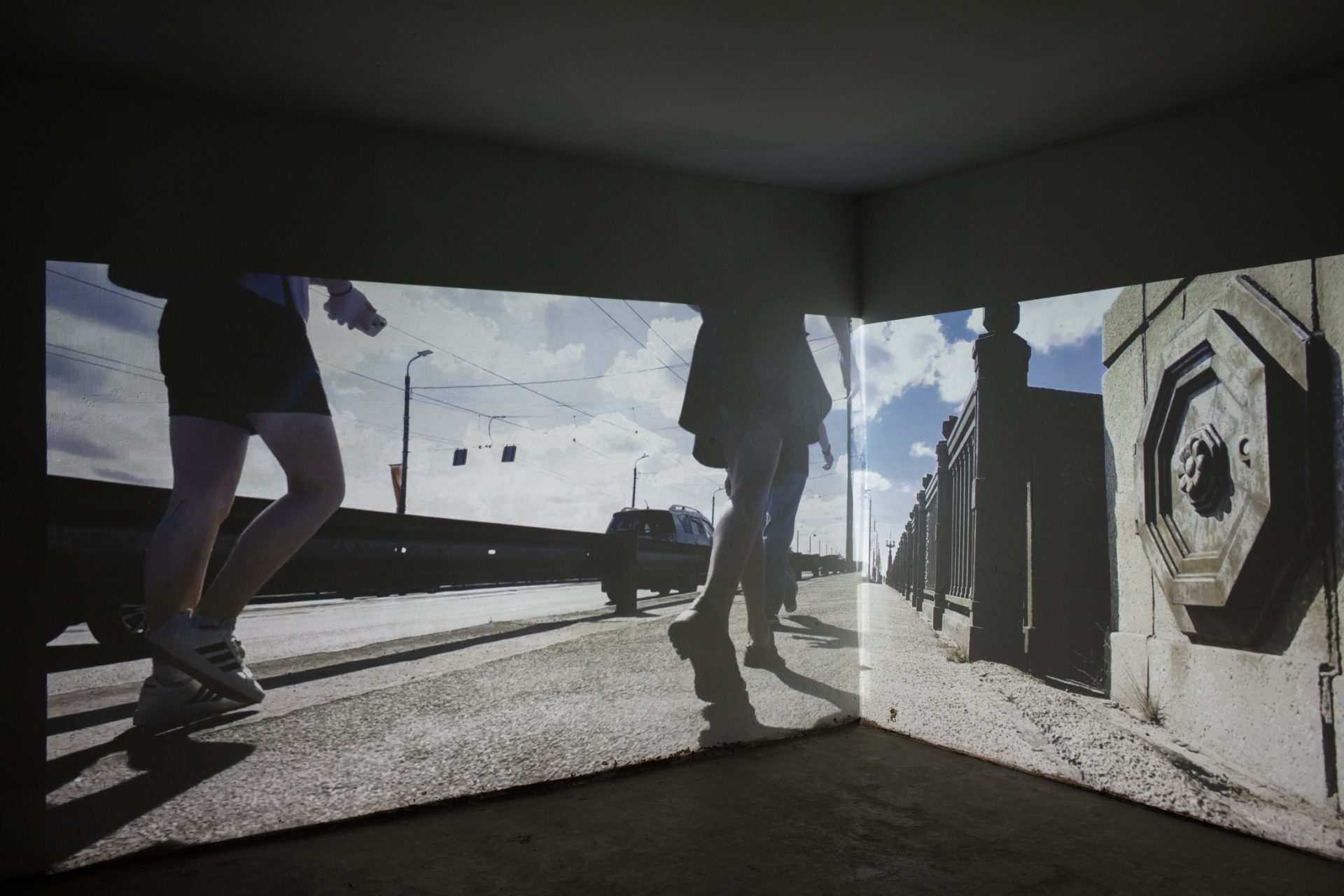
Malin Arnell & Mar Fjell ‘– Please, don’t end here’, 2024
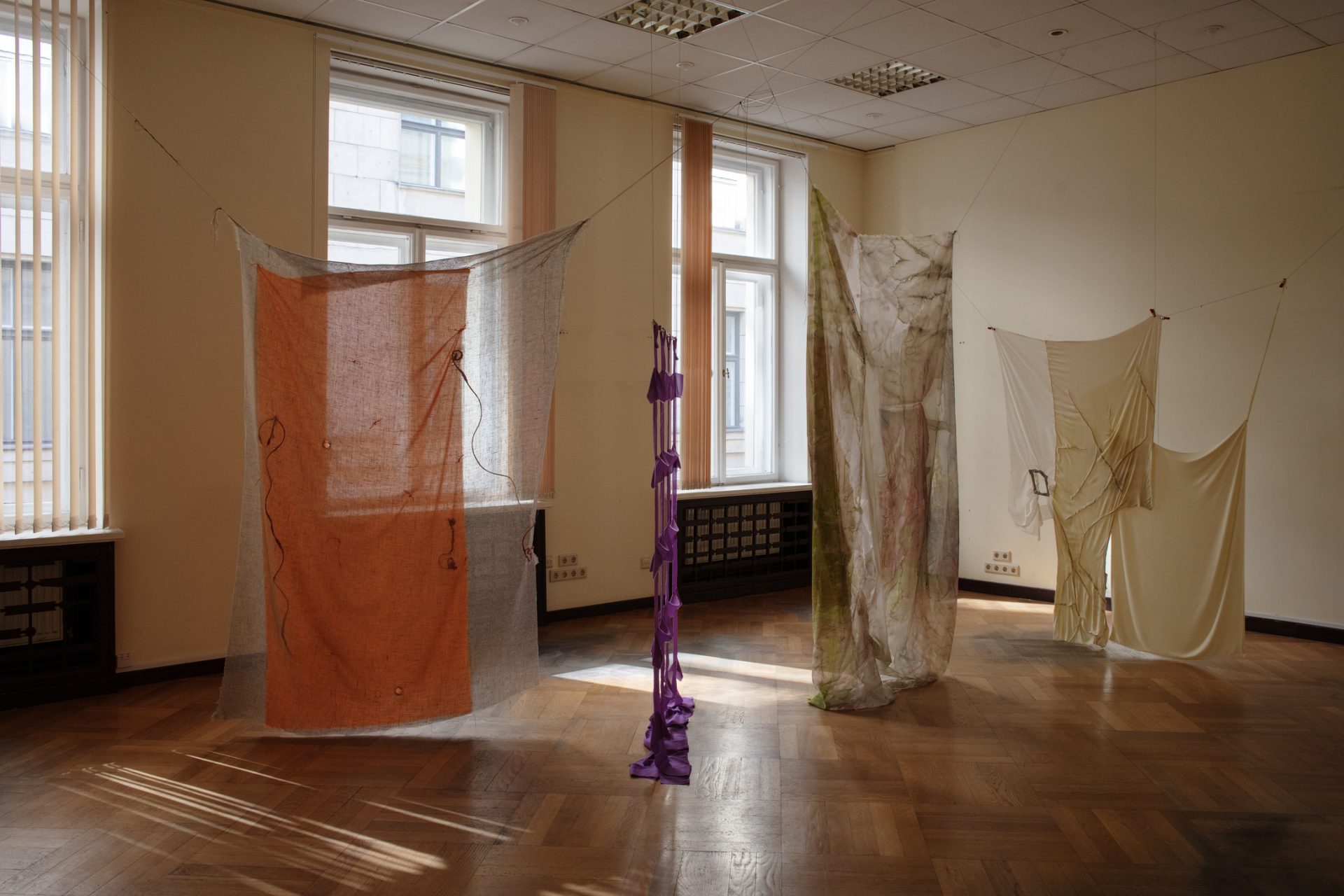
Jaana Laakkonen, ‘sheets crusts reach’, 2024

Monika Czyżyk & Neil Luck ‘Almanach (Echoes)’, 2024




